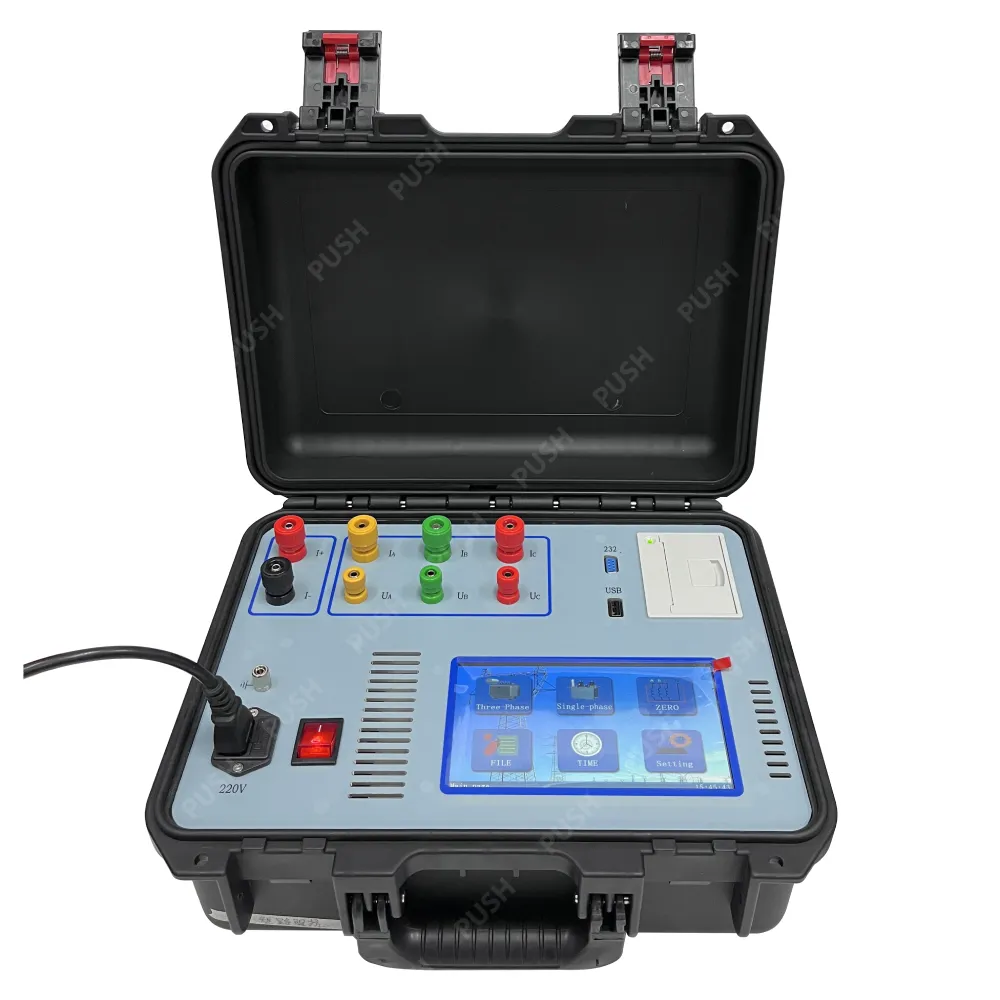 English
English



-
 Afrikaans
Afrikaans -
 Albanian
Albanian -
 Amharic
Amharic -
 Arabic
Arabic -
 Armenian
Armenian -
 Azerbaijani
Azerbaijani -
 Basque
Basque -
 Belarusian
Belarusian -
 Bengali
Bengali -
 Bosnian
Bosnian -
 Bulgarian
Bulgarian -
 Catalan
Catalan -
 Cebuano
Cebuano -
 China
China -
 China (Taiwan)
China (Taiwan) -
 Corsican
Corsican -
 Croatian
Croatian -
 Czech
Czech -
 Danish
Danish -
 Dutch
Dutch -
 English
English -
 Esperanto
Esperanto -
 Estonian
Estonian -
 Finnish
Finnish -
 French
French -
 Frisian
Frisian -
 Galician
Galician -
 Georgian
Georgian -
 German
German -
 Greek
Greek -
 Gujarati
Gujarati -
 Haitian Creole
Haitian Creole -
 hausa
hausa -
 hawaiian
hawaiian -
 Hebrew
Hebrew -
 Hindi
Hindi -
 Miao
Miao -
 Hungarian
Hungarian -
 Icelandic
Icelandic -
 igbo
igbo -
 Indonesian
Indonesian -
 irish
irish -
 Italian
Italian -
 Japanese
Japanese -
 Javanese
Javanese -
 Kannada
Kannada -
 kazakh
kazakh -
 Khmer
Khmer -
 Rwandese
Rwandese -
 Korean
Korean -
 Kurdish
Kurdish -
 Kyrgyz
Kyrgyz -
 Lao
Lao -
 Latin
Latin -
 Latvian
Latvian -
 Lithuanian
Lithuanian -
 Luxembourgish
Luxembourgish -
 Macedonian
Macedonian -
 Malgashi
Malgashi -
 Malay
Malay -
 Malayalam
Malayalam -
 Maltese
Maltese -
 Maori
Maori -
 Marathi
Marathi -
 Mongolian
Mongolian -
 Myanmar
Myanmar -
 Nepali
Nepali -
 Norwegian
Norwegian -
 Norwegian
Norwegian -
 Occitan
Occitan -
 Pashto
Pashto -
 Persian
Persian -
 Polish
Polish -
 Portuguese
Portuguese -
 Punjabi
Punjabi -
 Romanian
Romanian -
 Russian
Russian -
 Samoan
Samoan -
 Scottish Gaelic
Scottish Gaelic -
 Serbian
Serbian -
 Sesotho
Sesotho -
 Shona
Shona -
 Sindhi
Sindhi -
 Sinhala
Sinhala -
 Slovak
Slovak -
 Slovenian
Slovenian -
 Somali
Somali -
 Spanish
Spanish -
 Sundanese
Sundanese -
 Swahili
Swahili -
 Swedish
Swedish -
 Tagalog
Tagalog -
 Tajik
Tajik -
 Tamil
Tamil -
 Tatar
Tatar -
 Telugu
Telugu -
 Thai
Thai -
 Turkish
Turkish -
 Turkmen
Turkmen -
 Ukrainian
Ukrainian -
 Urdu
Urdu -
 Uighur
Uighur -
 Uzbek
Uzbek -
 Vietnamese
Vietnamese -
 Welsh
Welsh -
 Bantu
Bantu -
 Yiddish
Yiddish -
 Yoruba
Yoruba -
 Zulu
Zulu
core balance test of power transformer
Core Balance Test of Power Transformer
The power transformer serves as a crucial component in electrical power systems, ensuring the efficient transmission of electrical energy. Among the various tests conducted on transformers, the core balance test stands out as an essential procedure for assessing the integrity and functionality of the transformer’s core. This test is pivotal in identifying potential issues that could lead to inefficiencies or operational failures, thus ensuring the reliability and safety of power systems.
Understanding the Core Balance Test
The core balance test primarily focuses on evaluating the integrity of the transformer’s magnetic core and its ability to maintain a balanced magnetic field during operation. A well-balanced core is vital as it minimizes losses due to magnetic flux leakage and prevents overheating, which can severely impact the lifespan and efficiency of the transformer.
During the test, the transformer is subjected to various operational conditions, and measurements of the magnetic flux are taken. These measurements help in identifying any discrepancies between the expected and actual magnetic paths within the transformer. Essentially, the core balance test assesses the transformer’s capability to maintain a steady state under different loading conditions.
Importance of the Core Balance Test
The significance of the core balance test cannot be overstated. A transformer operates most efficiently when its core is maintained in a balanced state. An imbalance can lead to a range of issues, including increased eddy current losses, humming, and potential overheating, all of which can drastically reduce the transformer’s operational efficiency and longevity.
core balance test of power transformer

Moreover, an unbalanced core may indicate structural defects or damage, such as misalignment or deformation, which can escalate into more severe failures if not addressed promptly. Implementing the core balance test within regular maintenance schedules allows operators to detect these issues early, facilitating timely repairs and ensuring the transformer operates optimally.
The Procedure
The core balance test entails several steps. First, the transformer is isolated from the power system to ensure safety during testing. Next, a test voltage is applied to the transformer while measuring the magnetic flux in various sections of the core using specialized sensors. This process allows technicians to identify imbalances or anomalies in the magnetic flux distribution.
The data collected are then analyzed to determine if the core is functioning within its specified parameters. Any significant deviations from expected values indicate potential issues that require further investigation. Depending on the results, corrective actions may include realigning the core, addressing physical damages, or conducting more in-depth diagnostic tests.
Conclusion
In conclusion, the core balance test of power transformers is an indispensable practice in maintaining the reliability and efficiency of electrical power systems. By assessing the integrity of the transformer’s core, operators can preemptively identify issues that could lead to system failures. Regular implementation of this test helps ensure the transformer operates within its designed parameters, minimizing operational risks and extending its service life.
Investing in thorough and routine testing like the core balance test ensures not only the longevity of transformers but also the stability and efficiency of power systems as a whole. With the growing demand for reliable power supply worldwide, the importance of such diagnostic procedures will only continue to increase, highlighting the need for ongoing advancements in transformer testing technology and practices.
-
Ensuring SF₆ Gas Safety: Introducing PUSH’s Integrated SF₆ Analyzer for Dew Point, Purity, and Decomposition MonitoringNewsJul.10,2025
-
Exploring the Main Types of Industrial Endoscopes and Their Applications Across IndustriesNewsJul.04,2025
-
Testing Equipment Industry Sees Major Advancements in 2025: Smart & Precision Technologies Lead the WayNewsJun.06,2025
-
Applications of Direct Current Generators in Renewable Energy SystemsNewsJun.05,2025
-
Hipot Tester Calibration and Accuracy GuidelinesNewsJun.05,2025
-
Digital Circuit Breaker Analyzer Features and BenefitsNewsJun.05,2025



